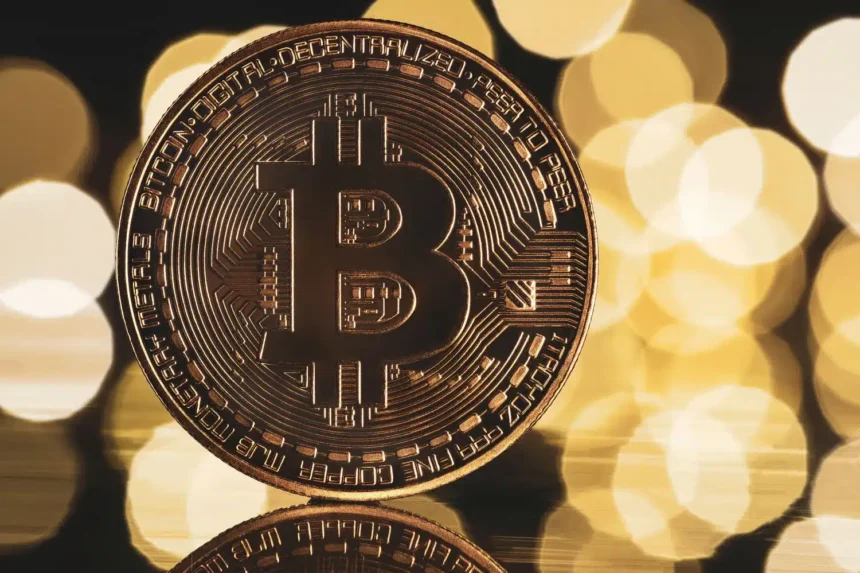The highly anticipated Bitcoin halving event finally happened on April 20, 2024. However, as many had expected, it did not lead to a significant price drop. Instead, Bitcoin’s price rose by 4.5% in the week following the halving to reach $66,597 on April 27.
According to a report by Bitfinex, a leading cryptocurrency exchange, this price stability can be attributed to two key factors. This includes the strategic selling by miners before the halving and the introduction of Bitcoin spots (ETFs) in the United States.
Miners’ Pre-Halving Sell-Off
Historically, Bitcoin halvings have been associated with increased selling pressure from miners. This happens as their revenue stream from newly minted coins is cut in half overnight.
Miners tend to offload a significant portion of their Bitcoin holdings to maximize their earnings before this pivotal event. This usually happens in the months before the halving, potentially leading to short-term price declines and increased volatility.
However, data from the on-chain analytics platform CryptoQuant suggests that miners had adopted a more strategic approach leading up to the 2024 halving. In March, miners sent an average of just 374 BTC daily to cryptocurrency exchanges, a staggering 70% decrease from the February average of 1,300 BTC daily.
Bitfinex speculates that miners may have been selling their Bitcoin holdings or using them as collateral to secure loans. These loans finance their mining equipment and infrastructure upgrades in preparation for the post-halving era.
By executing their selling in advance, miners effectively spread out the potential selling pressure, thereby preventing a sharp price drop.
Another key factor that may have contributed to Bitcoin’s price resilience is the introduction of spot Bitcoin ETFs in the United States. These exchange-traded funds allow investors to gain exposure to Bitcoin without directly holding the asset.
This development has attracted significant institutional demand since its launch in late 2023. According to Bitfinex, the large-scale inflows into these ETFs can “significantly sway market sentiment and pricing. However, they are often detached from the traditional supply-demand framework that typically governs commodity markets.
According to CoinShares, in the week before the halving, Bitcoin investment product outflows reached $192 million. This inflow was key in potentially offsetting some of the selling pressure from miners.
The report notes that while ETF flows have stalled since the initial launch in January, institutional interest remains strong. More investors are still looking to gain Bitcoin exposure through regulated investment vehicles.
Supply-Demand Dynamics After Bitcoin Halving
The halving event has effectively reduced the new supply of Bitcoin entering the market by 50%, from around 900 BTC daily to 450 BTC daily.
Bitfinex estimates that as little as $30 million worth of Bitcoin could be supplied to the market per day post-halving. They also stated that the average daily net inflows to ETFs could “dwarf that number at over $150 million.”
As the report states, this imbalance between supply and demand could drive further price appreciation for Bitcoin. The exchange also notes that the amount of Bitcoin the ETF issuers have purchased for their funds has already outpaced new BTC creation since the spot BTC ETF launch. This could significantly tighten the available supply.
Bitfinex estimates that the total spot BTC ETF demand has exceeded supply by over 150,000 BTC. The exchange expects this trend to continue in the coming months as institutional adoption of Bitcoin continues to grow.

